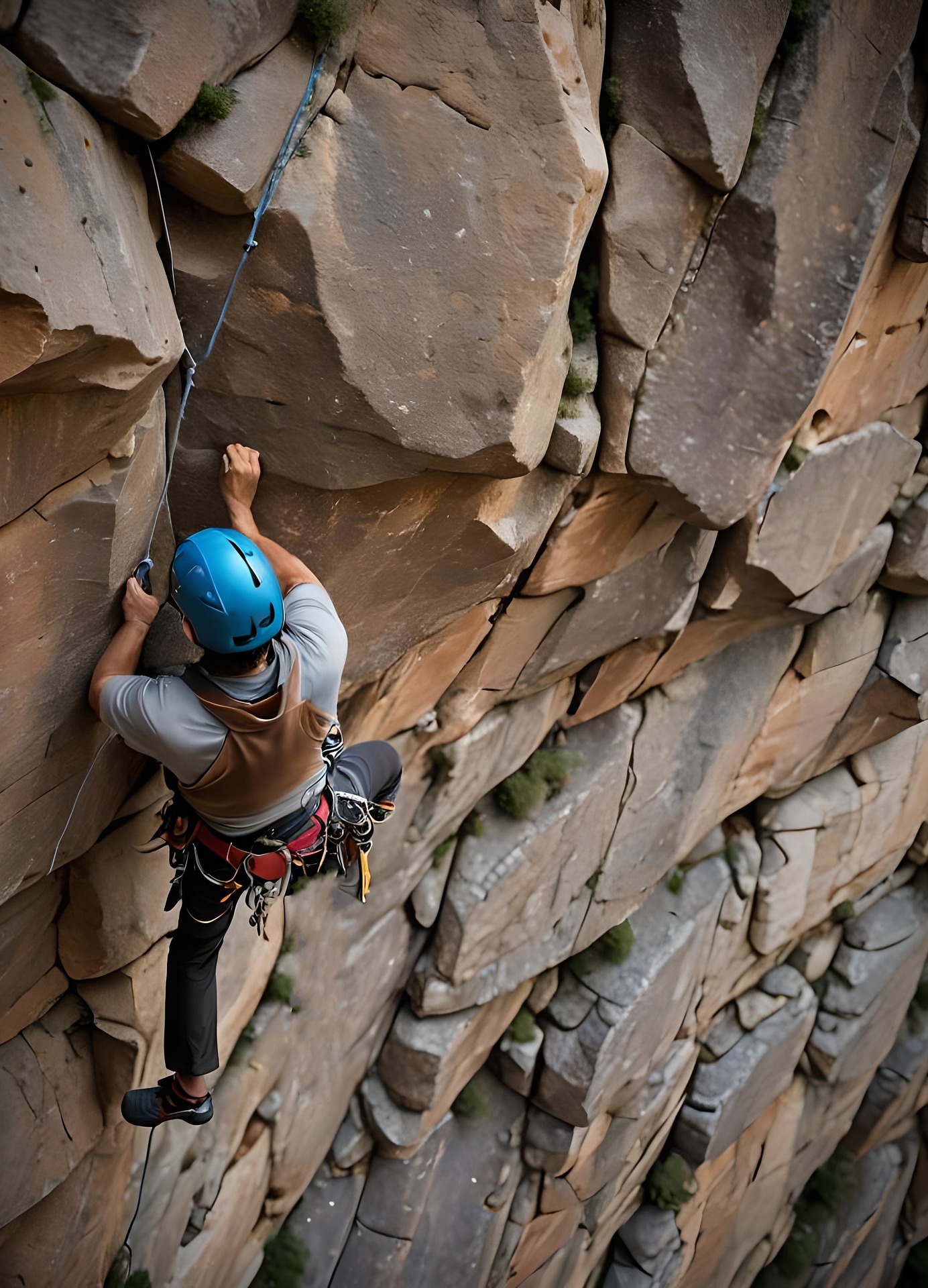
As climbing continues to grow in popularity, the sport is evolving in exciting ways. From advancements in technology to changes in training and competition formats, the future of climbing promises to be dynamic and innovative. This article explores some of the key trends and innovations shaping the future of climbing.
1. Increased Accessibility: One of the most significant trends in climbing is the increased accessibility of the sport. With the rise of indoor climbing gyms, more people than ever are discovering the joys of climbing. These facilities provide a safe and controlled environment for beginners to learn the basics and gain confidence before venturing outdoors. As climbing gyms continue to proliferate, they serve as community hubs, fostering a new generation of climbers.
2. Technological Innovations: Advancements in technology are transforming climbing gear and equipment. From lightweight and durable materials to smart safety devices, climbers now have access to tools that enhance their performance and safety. For example, smart helmets equipped with sensors can detect falls and provide real-time feedback on climbing techniques. Additionally, climbing apps that offer route tracking, weather updates, and training programs are becoming increasingly popular, allowing climbers to optimize their experiences.
3. Focus on Sustainability: As awareness of environmental issues grows, the climbing community is increasingly prioritizing sustainability. Many climbers and organizations are advocating for responsible practices that minimize impact on natural environments. This includes promoting Leave No Trace principles, supporting conservation efforts, and using eco-friendly gear. The push for sustainability is shaping the future of climbing, encouraging climbers to be stewards of the environment.
4. Growth of Competition Climbing: Competition climbing is gaining traction, particularly with the inclusion of climbing in the Olympic Games. The format of competitions is evolving, with a focus on disciplines such as bouldering, lead climbing, and speed climbing. As more athletes enter the competitive scene, the level of skill and performance continues to rise. This growth is inspiring new climbers to pursue the sport at a higher level and creating opportunities for athletes to showcase their talents on a global stage.
5. Emphasis on Mental Training: Recognizing the mental challenges inherent in climbing, there is a growing emphasis on mental training and resilience. Climbers are increasingly incorporating mindfulness techniques, visualization, and mental conditioning into their training regimens. This focus on mental preparation enhances performance and helps climbers manage fear and anxiety in challenging situations. As the understanding of the psychological aspects of climbing deepens, climbers are better equipped to face the mental demands of the sport.
6. Community and Inclusivity: The climbing community is becoming more inclusive, with efforts to welcome climbers from diverse backgrounds. Organizations are working to create programs that promote diversity in climbing, offering resources and support for underrepresented groups. This emphasis on inclusivity fosters a sense of belonging and encourages more people to engage in the sport, enriching the climbing community as a whole.
Conclusion: The future of climbing is bright, marked by increased accessibility, technological innovations, and a commitment to sustainability. As the sport continues to evolve, climbers can look forward to new opportunities for growth, connection, and adventure. By embracing these trends and innovations, the climbing community can ensure that the sport remains vibrant and inclusive for generations to come.

